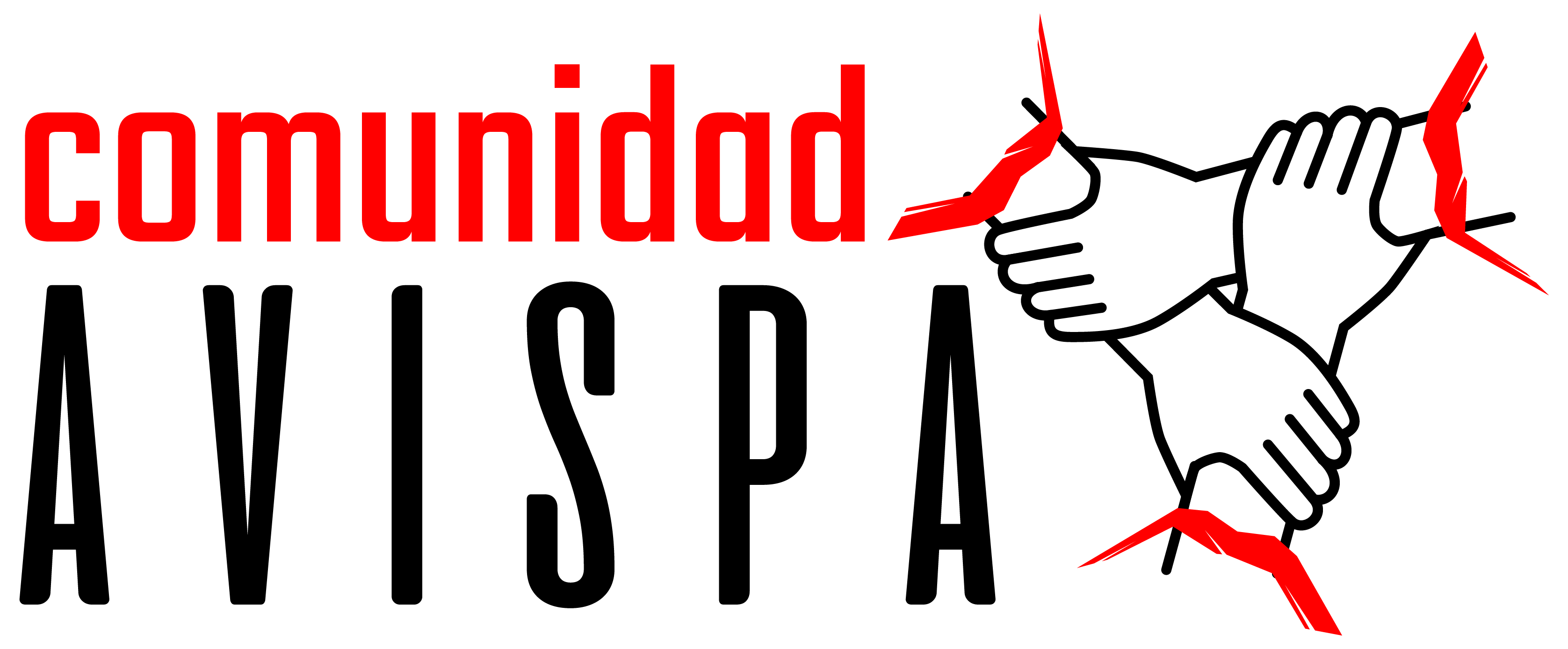Above: AMLO heads the event “Development of the Isthmus of Tehuantepec” in the company of Ken Salazar, the US ambassador to Mexico. April 2022.
Versión en español ↳ publicado en en el mes de junio
Translated by Scott Campbell
In the last six months, a series of meetings has been held between the seven governors of southern and southeastern Mexican states, Mexican federal government institutions, representatives of the United States and Canadian governments, and corporate representatives from those countries. According to social media posts from U.S. ambassador to Mexico Ken Salazar, the objective has been to promote “the conservation and sustainable development” of the region, bolstered “through private investment.”
During the fifth meeting, headed by Salazar in mid-May in Mexico City, the diplomat announced that “the government of Mexico has a plan, a very good security agenda for the Isthmus [of Tehuantepec],” the location for the planned construction of the Interoceanic Corridor and ten industrial parks.
Demonstrating enthusiasm for the Mexican government’s plans, at a press conference following his meeting with the governors, Salazar maintained that the key to resolving drug trafficking and the flow of migration to the United States lies in the the Isthmus of Tehuantepec. “It is easier to monitor the 180 miles that make up the Isthmus of Tehuantepec than the 2,000 miles of desert on Mexico’s northern border,” said the diplomat.
The region is a “priority” for the United States and the idea is for the megaprojects to function as retaining walls. “Our focus has been the Transoceanic [Corridor],” he explained.
He announced an increase in investments in the region by the U.S. government, under an initiative called PromoSur – From the people of the United States for the conservation and sustainable development of southern Mexico.
Territorial Intervention
A promotional video for the program, published on the U.S. embassy’s social media accounts, states that the U.S. government, through the efforts of USAID (U.S. Agency for International Development), will increase its international assistance to southeastern Mexico.
“PromoSur is the name we have chosen for our increased investment destined for southeastern Mexico. With PromoSur, the U.S. government will work to reduce greenhouse gas emissions, supporting nature-based solutions (…) It will also seek to boost investments in emerging markets,” the video announces.
The Deputy Assistant Administrator for USAID’s Bureau for Latin America and the Caribbean, Mileydi Guilarte, present at the governors’ meeting, announced an investment of 30 million dollars in the region beginning at the end of summer 2022. It will also include agreements between private industry and the state governments of Campeche, Chiapas, Oaxaca, Quintana Roo, Tabasco, Veracruz and Yucatán.
Ana Esther Ceceña, founder and coordinator of the Latin American Observatory of Geopolitics, warns of the historic role that USAID has played in Latin America. “The idea is that international development aid from the United States is the means to intervene in the territories and social dynamics of countries,” she points out.
To illustrate this point, Ceceña recalls that, throughout the twentieth century, all the military dictatorships in Latin America were preceded by moments of intense activity and budgetary support from USAID to these countries. “In Brazil, two years before the military coup took place (1964), it received a huge number of resources from USAID, which provided the material conditions for the coup to happen,” she explains.
Ceceña also draws attention to the “proactive” role the U.S. ambassador has taken on in promoting the “development” of southeastern Mexico, taking on the role of “quasi-governor of the southeastern region.”
“Now it is the U.S. ambassador breaking news even before the Mexican government. We’ve now moved into the category of ‘Banana Republic,’ as has happened in other Latin American countries throughout the twentieth century, where to know what policy a country was going to adopt, you would have to ask the US embassy,” said the researcher.
Promoting the South
In addition to the direct investments already announced by the U.S. government, PromoSur’s agenda includes promoting southeastern Mexico so that private companies will invest in the region.
In his press conference, Salazar announced that companies including Amazon, AT&T, Cisco, Google, Mercado Libre, Microsoft, Uber, Ibiza, and Visa were present at his last meeting with the governors. “All are committed to helping,” he said.
The governor of Oaxaca, Alejandro Murat, who was in the meeting, said that, “we were able to have a wide-ranging conversation and give feedback to different companies and were able to build an agenda for the Summit of the Americas, and a later meeting with the CEOs of companies in Washington, certainly in the coming months.”
According to the governor, an agenda is being created that seeks to bring in concrete investments. “I can say that important investments are coming in for the Interoceanic Corridor, we already have more than 200 million dollars in place…. The Corridor is being called upon to be the great engine of growth in Mexico.”
The governor celebrated the fact that, according to him, it is “the first time in the history of modern Mexico where not only have the states and the federal government been aligned, but also the governments of the U.S. and Canada, to develop the Mexican southeast.”
Mexico’s Secretary of Finance, Rogelio Ramírez, presented the infrastructure plan for the south-southeast. He mentioned that the regional infrastructure plan of President López Obrador’s government forecasts investments of more than 30.5 billion dollars between now and the end of his term. Among the plans are the construction, development, and modernization of trains, airports, refineries, maritime ports, and border crossings.
Other Topics
During the meeting, discussion groups were also held. The topics addressed included, “Helping Rural Communities with Business Opportunities and Conservation Priorities in the Seven States of the South-Southeast,” “Identifying a Sustainability and Conservation Fund,” and “Reducing Emissions through Accelerated Forestry Financing.”


